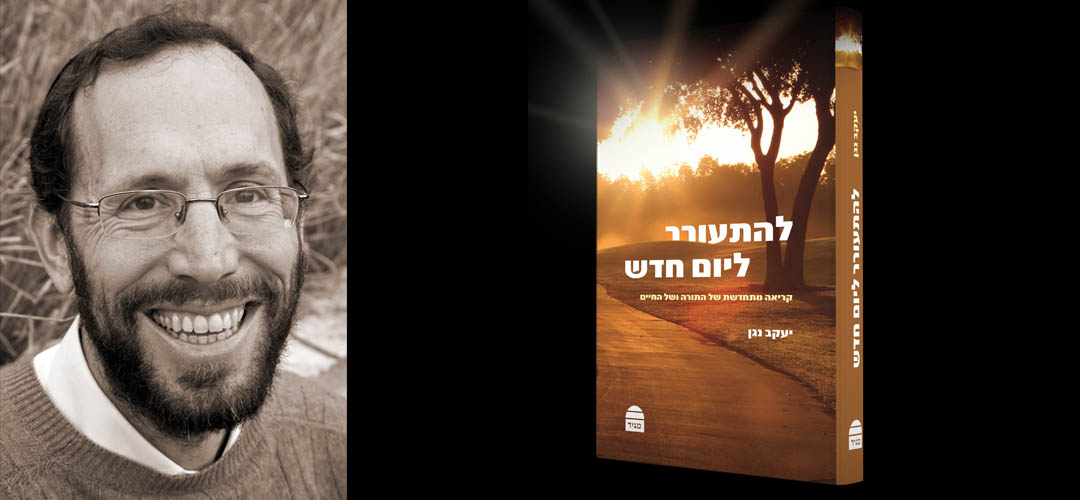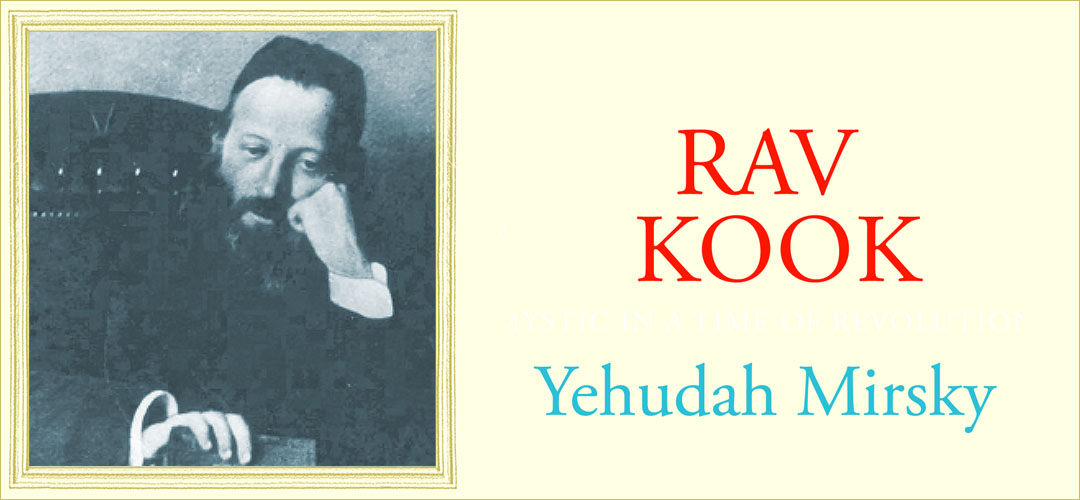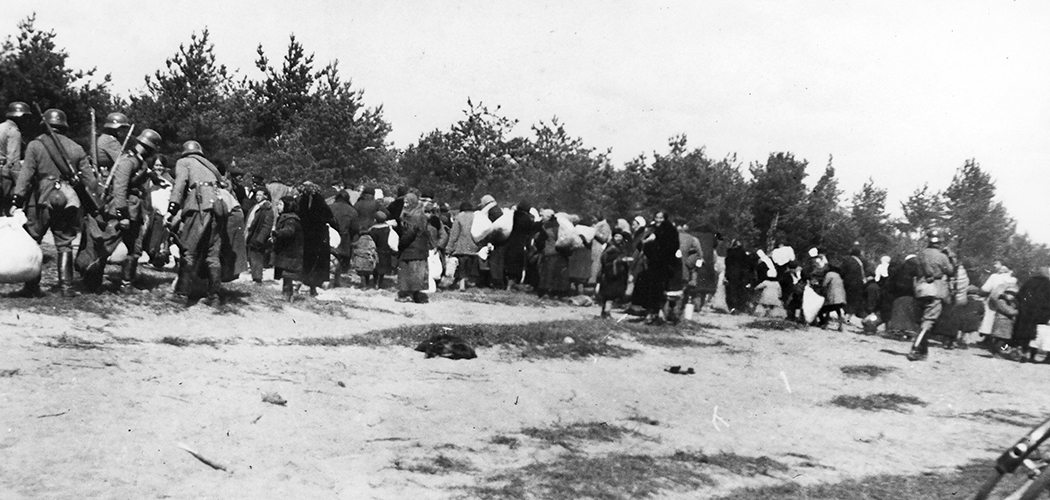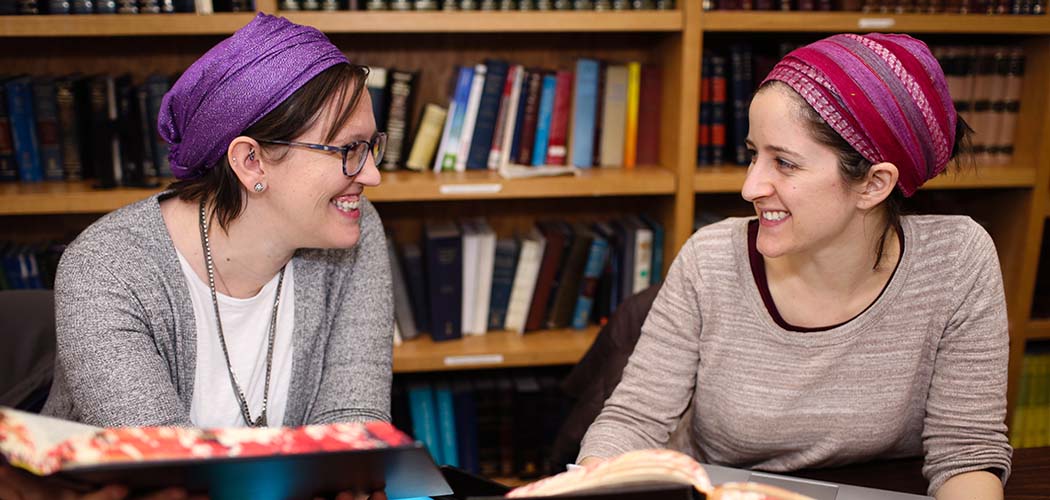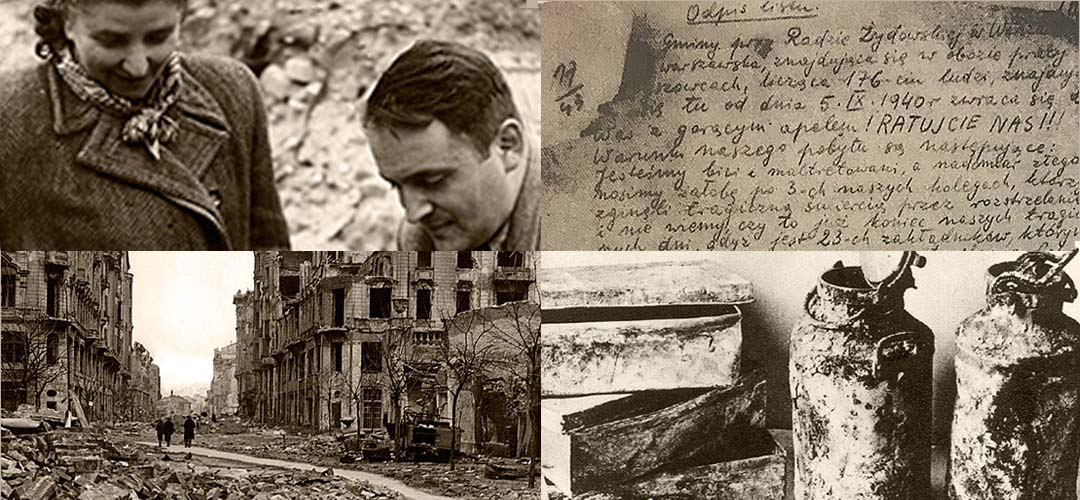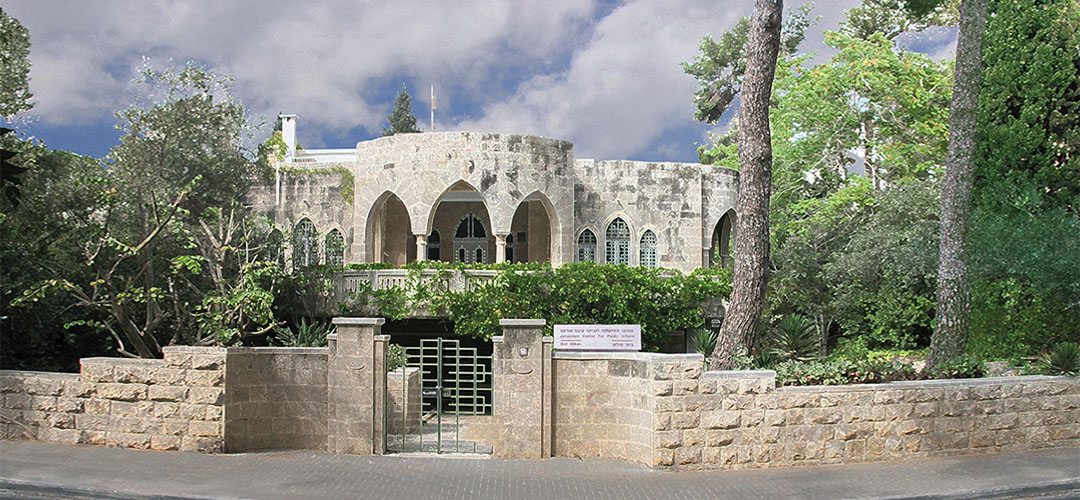Targum Shlishi Blog
Highlighting the work of our grantees.
Jewish Spirituality—The Meeting Point Between Eastern and Western Philosophy
“We live in a generation thirsting for spirituality,” says Rabbi Yakov Nagen, an interfaith activist and author who teaches at Yeshivat Otniel. Targum Shlishi is supporting the translation into English of Rabbi Yakov Nagen’s 2013 book Awakening to a New Day, to be published by Maggid in early 2019. Awakening to a New Day tackles the existential challenges we face about…
Rav Kook: Rabbi, Philospher, Talmudist, Communal Leader, Poet, Mystic, and Tzaddik
“Souls of his magnitude do not come our way often. Sometimes, even now, one must brace oneself when faced with the full force of Rav Kook’s passion. The more one tries to grasp him, the more he recedes, or perhaps ascends. Yet large as Rav Kook’s life was, his work is even larger,” writes Yehudah Mirsky in the introduction to…
Israel’s Founding: Eyewitness Accounts
They were there: establishing Israel Interviewing people who helped found the State of Israel is the mission of the Jerusalem-based organization Toldot Yisrael, which has been engaged in a race against time since its founding in 2007. Toldot Yisrael videotapes interviews with men and women who were members of Israel’s 1948 generation in order to gather and preserve history. Since…
Remembering—and Mis-Remembering—the Holocaust
The history of the Holocaust in Lithuania was effectively rewritten for decades. In a “country [that] sports street names and monuments honoring locals who collaborated with the Nazis during World War Two,” as Josh Cohen wrote on the website Defending History, any inquiries into the nature of the widespread Lithuanian collaboration with Nazis was considered taboo. That status quo has…
Ordaining Women as Orthodox Clergy: Hearing from the Students
What is it like to be one of the women enrolled at Yeshivat Maharat, the first yeshiva to ordain women as Orthodox clergy? “When you know that the very thing that you are doing, albeit groundbreaking or controversial, is important, valuable and necessary for yourself and the community” then you have to keep at it, even when faced with challenges,…
Portraits of a Ghetto: An Exhibition
“Holocaust Escape Tunnel” is a NOVA Documentary that Showcases How Ground Penetrating Radar Located the Ponar Tunnel
A Battle for Memory: Documentary About Warsaw Ghetto Archives
The Palestinian “Lone Wolf,” Deconstructed
Exploring the Psychology of the “Lone Wolf” Terrorist An innovative and important pilot study by Dr. Irwin J. (Yitzchak) Mansdorf, Ph.D., of the Jerusalem Center for Public Affairs’ Institute for Contemporary Affairs delved into the psychology of the “lone wolf” terrorist. Targum Shlishi helped support this research. Dr. Mansdorf and his team released the preliminary findings in the May 2017…
Symbols of the Holocaust
Targum Shlishi helped support Oren Baruch Stier’s book Holocaust Icons: Symbolizing the Shoah in History and Memory (Rutgers University Press). In the book, Stier explores what he calls Holocaust icons, which are symbols that have essentially become stand-ins for the Holocaust. The four symbols he looks at in the book are: World War II-era railway boxcars, the “Arbeit macht frei”…


